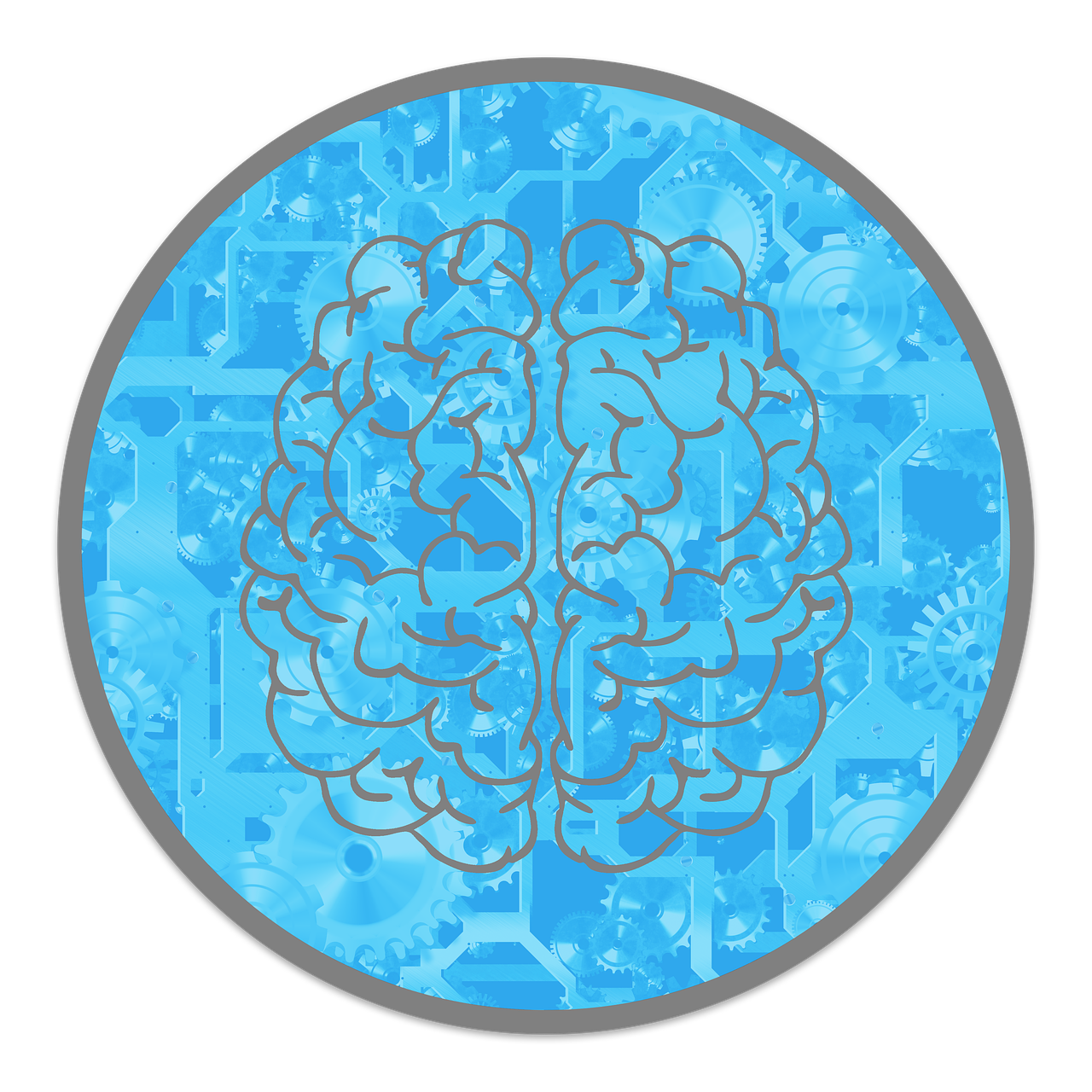
Recessions aren’t just about money—they’re a shift in how we think and feel.
When the economy falters, people don’t just tighten their wallets; they also tighten their minds.
Job security feels shaky, inflation rises, and suddenly, spending becomes an emotional decision.
People start reassessing what matters, often prioritizing survival over desire.
It’s like a Survivor game—where, instead of looking for luxury, consumers start searching for the basics to feel secure, and decisions are driven more by fear than by abundance.
What Happens in the Consumer Brain During a Recession?
People get extra nervous about losing money
When the economy tanks, our brains get super cautious.
It’s like when you’re playing Monopoly, and someone threatens to take your property — suddenly, you’re more protective of your money than ever.
This is a concept called loss aversion, where the pain of losing money feels way worse than the pleasure of gaining it.
Behavioral economics tells us that we fear losses about twice as much as we enjoy wins — it’s like a bad break-up vs. a good first date.
You remember the bad stuff way more!
Emotions take the wheel
Stress levels go up when we’re financially strapped, and our brains react by going into “fight or flight” mode.
Research shows that financial anxiety hits the amygdala — that part of your brain that’s all about survival and feeling emotions.
So instead of making logical choices, we’re more likely to make decisions based on how we feel about something in the moment.
It’s like when you’re binge-watching a show and suddenly, the decisions you make are all based on your mood — not always the smartest moves.
Value Gets a Makeover
In a recession, people get real picky about where their money goes.
It’s not just about the lowest price anymore; it’s about getting the most out of your purchase.
Think of it like going for a multi-tool instead of buying ten different gadgets — people want things that last longer, do more, and are essential.
It’s like buying a Swiss Army knife instead of a random, one-time-use gadget that’ll gather dust in your drawer.

Changing Consumer Behaviors During Economic Downturns
Spending shifts: From fun stuff to “need” stuff
When the economy takes a nosedive, we start saying goodbye to the fun stuff (luxuries, vacations, movie nights out) and saying hello to the essentials (groceries, healthcare, utility bills).
Imagine your shopping cart is now full of broccoli and toilet paper instead of fancy gadgets and vacation packages.
According to McKinsey’s 2023 report, 70% of people worldwide said they’re trading up for cheaper brands, even if it means less pizzazz.
You know, it’s like choosing the off-brand cereal that tastes “just as good,” but maybe doesn’t come with the fun cartoon character.
Loyalty is the new cool
When things feel uncertain, we start clinging to what we know and trust.
It’s like that friend who always brings snacks to the party — you can count on them.
During tough times, studies show that people stick to brands they trust. Familiarity becomes a huge comfort.
So, when you’re standing in the shampoo aisle wondering if you should try the new “fancy” brand, you’ll probably reach for the one you’ve been using for years.
It’s like that moment in a TV series when you know the plot, and you just want to keep watching because you trust where it’s going.
Big Purchases?Uh, Let’s Wait
No one’s rushing out to buy that new fancy gadget or upgrade their car unless it’s absolutely necessary.
Picture yourself on a hunt for a new fridge because yours just broke — you’ll compare every model, read all the reviews, and probably wait for a sale, because this purchase must be worth it.
Big-ticket items get delayed unless they’re urgent (like that broken fridge), and shoppers start doing their homework.
Think of it like that time you spent hours researching the best smartphone, but you still couldn’t decide if you needed it right now.
Psychological Segments of Recession-Era Consumers
Not all consumers respond to recessions the same way. Harvard Business Review classifies them into four segments:
| Segment Type | Description |
Strategy to Reach Them
|
| Slam-on-the-Brakes | Severely affected, cut all non-essentials |
Offer discounts, focus on essentials
|
| Pained but Patient | Worried but hopeful, reduce discretionary spend |
Emphasize value, offer financing options
|
| Comfortably Well-Off | Less affected financially, but cautious |
Highlight quality and investment value
|
| Live-for-Today | Spend impulsively, even in downturns |
Appeal to emotion and aspirational value
|
Understanding which group your audience falls into can drastically improve message targeting and offer relevance.

How Brands Can Adapt Their Marketing Strategy
Lead with Empathy, Not the Hard Sell
In tough times, people aren’t in the mood for a hard pitch — they want to feel heard and understood.
Think of it like when you’re having a bad day, and a friend offers a listening ear instead of telling you how to “fix” everything.
Brands that show empathy and solidarity are more likely to win hearts.
Avoid the “Buy now or miss out!” pressure tactics — instead, focus on being a supportive voice.
It’s like that gentle, reassuring friend who says, “Hey, we’ve got your back.”
Make it more affordable (without losing the cool factor)
People are looking for ways to get more bang for their buck.
So, what’s a brand to do?
Offer bundles, subscriptions, or mini versions of your products!
It’s like when a fast-food chain offers a “value meal” instead of a la carte — people get the satisfaction of feeling like they’re saving money without sacrificing the experience.
Plus, who doesn’t love a good deal?
Go digital or go home
With physical shopping slowing down, consumers are spending more time online.
It’s like the shift from hanging out at the mall to binge-watching on Netflix — they’re browsing, researching, and interacting digitally.
Brands need to up their online game, whether it’s through social media engagement, virtual events, or just better e-commerce experiences.
Just think of how much time you’ve spent scrolling through TikTok or Instagram lately… Your audience is out there, too.
Be the hero of your community
In a time of crisis, people want to support brands that stand for something.
Edelman’s 2022 report showed that 63% of consumers make purchase decisions based on a brand’s values.
If you’re showing up for your community, whether through donations, supporting local businesses, or creating jobs, you’re not just selling a product — you’re building trust and loyalty.
It’s like the scene in every superhero movie where the hero saves the day and earns the town’s undying loyalty.
Be that brand.

Wrap-Up: Lead with Smarts, Not Stress
Recessions aren’t just about weathering the financial storm — they’re a real test of a brand’s emotional intelligence and flexibility.
It’s kind of like the emotional version of a pop quiz — can you stay calm, read the room, and adapt when things get tough?
By understanding how people’s minds and behaviors change during these times, businesses can stay relevant, show empathy, and keep making money.
Think of it like being the wise, calm friend who knows how to handle a crisis, while everyone else is panicking.
You’ll win their trust (and their wallets) in the end.


